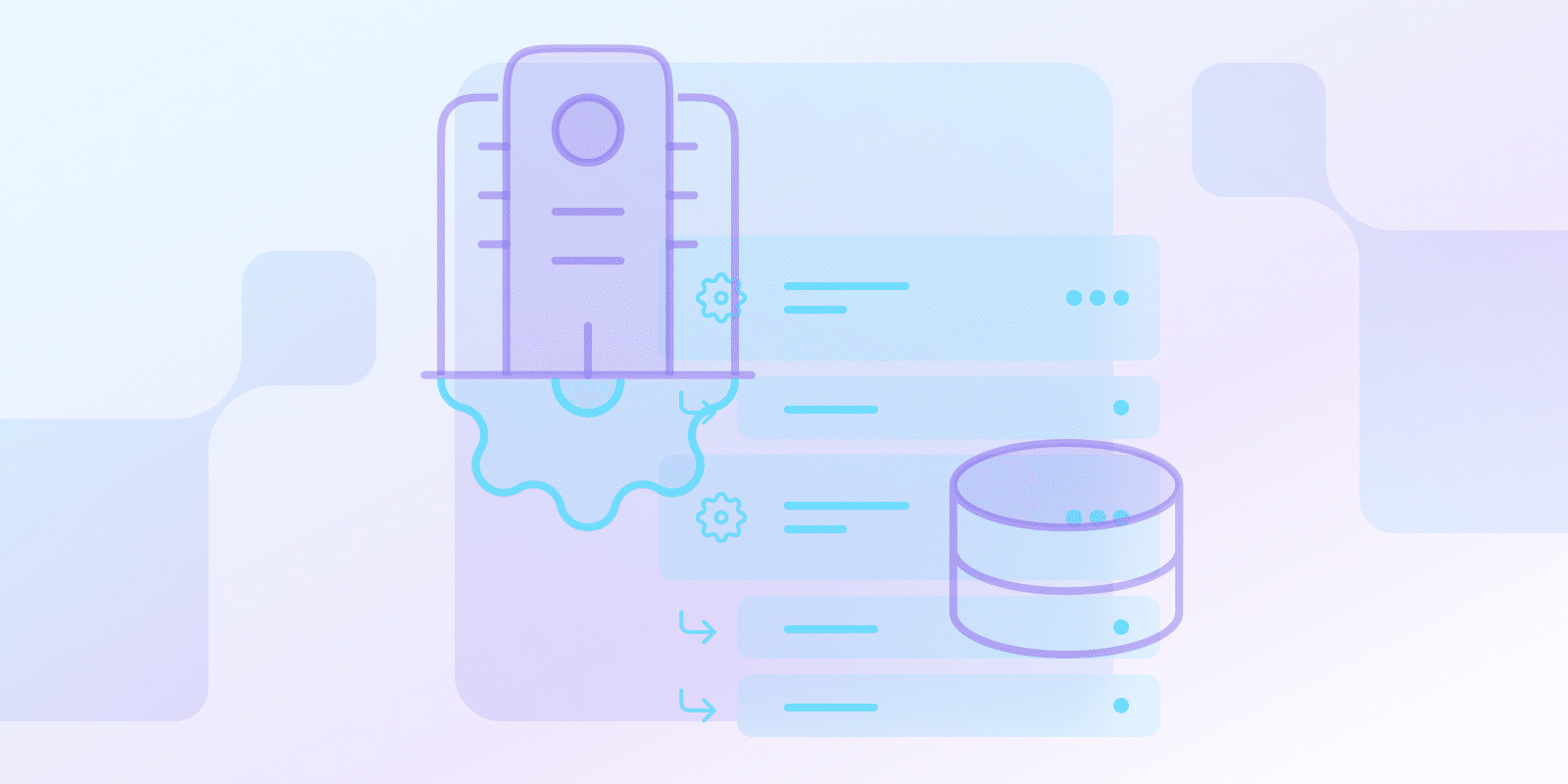Cloud Service Models
What is Infrastructure as a Service (IaaS)?

What is IaaS?
IaaS stands for Infrastructure as a Service. Think of it as renting the basics of a computer system – servers, storage, and networking – from a cloud provider rather than buying and maintaining your own hardware.
Think of it as renting an equipped kitchen rather than building one.
Examples of IaaS providers: Amazon Web Services (AWS), Microsoft Azure, and Google Cloud Platform (GCP).
Pro Tip: Consider PaaS (Platform as a Service) or SaaS (Software as a Service), which offer pre-built solutions and require less technical management.
What is IaaS vs. PaaS vs. SaaS?
The three different types of cloud computing services:
- IaaS (Infrastructure as a Service): You rent the basics (virtual servers, storage, networking) and then build your applications and systems on top of them.
- PaaS (Platform as a Service): A complete platform with tools and services for developing, deploying, and managing applications.
- SaaS (Software as a Service): Software applications for use over the internet, without installing or maintaining them yourself.
The difference between IaaS and SaaS is the amount of control and responsibility you have. With IaaS, you have more control and responsibility, whereas with SaaS, you have less.
IaaS is like renting a plot of land and constructing a house. PaaS is like renting an apartment. SaaS is like renting a furnished apartment.
| Characteristic | IaaS (Infrastructure as a Service) | PaaS (Platform as a Service) | SaaS (Software as a Service) |
|---|---|---|---|
| Core Offering | |||
| What You Get | Virtual servers, storage, networking | Development tools, database management, business analytics | Ready-to-use software applications |
| Control Level | High control, more responsibility | Moderate control | Minimal control |
| Management Responsibilities | |||
| Infrastructure Management | Provider manages hardware | Provider manages infrastructure | Provider manages all infrastructure |
| Software Management | You manage OS, applications | Provider manages runtime, middleware | Provider manages all software |
| Ideal Use Cases | |||
| Best Suited For | Businesses needing custom infrastructure, startups, fluctuating workloads | Developers wanting to focus on application development | Businesses seeking ready-to-use solutions with minimal IT overhead |
Why Do We Use IaaS?
IaaS offers such things as:
- Cost: Investments in hardware are not required, and maintenance costs are reduced. Any investment in hardware becomes unnecessary, and ongoing maintenance costs are reduced; therefore, it is budget-friendly overall.
- Flexibility: Choose your OS, software, and configurations.
- Availability: Access to redundant infrastructure assures your data and applications are available.
- Scalability: Scale resources up or down to meet changing demands.
This makes IaaS a way for companies to access computing resources without managing their own infrastructure.
IaaS is for: businesses with fluctuating workloads, startups, and organizations that need to deploy applications or test environments.
Who Uses IaaS and How?
IaaS is used by businesses and individuals:
- Startups: launch and scale without investing in infrastructure
- Enterprises: modernize their IT infrastructure and cut costs.
- Developers: set up development and testing environments
- Anyone: who needs access to computing resources.
Is IaaS a Managed Service, and Why Not Use It?
While the provider oversees the infrastructure, you are responsible for the operating systems, applications, and data. This gives you more control but also requires more technical expertise.
If you lack the technical skills or resources to manage your own infrastructure, consider PaaS or SaaS solutions, which offer a higher level of abstraction. But if you need control over your environment and want to customize it, IaaS is recommended.
Conclusion
IaaS offers a way to access the computing resources to run your business. By understanding it, you can make the decision about whether it’s the solution for you.